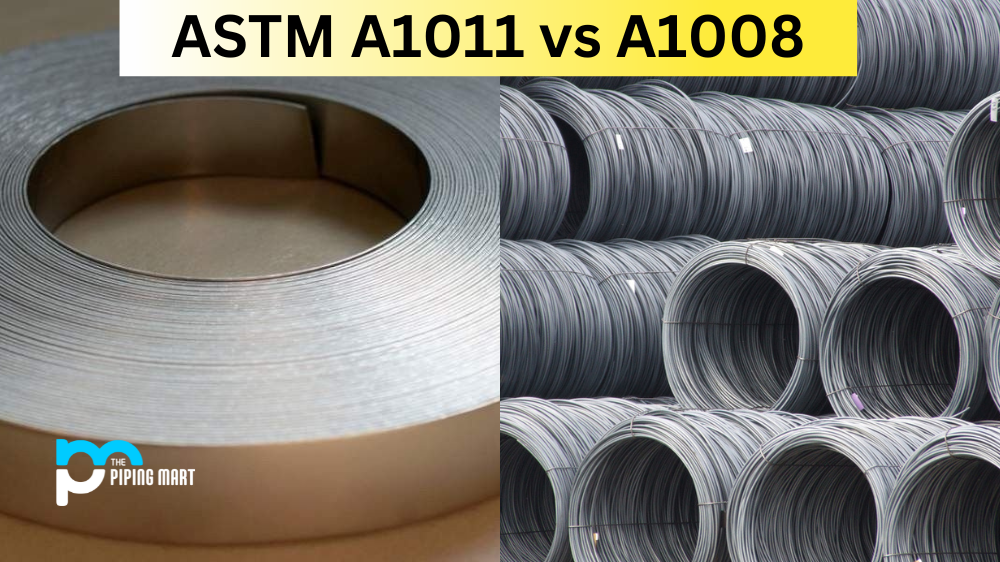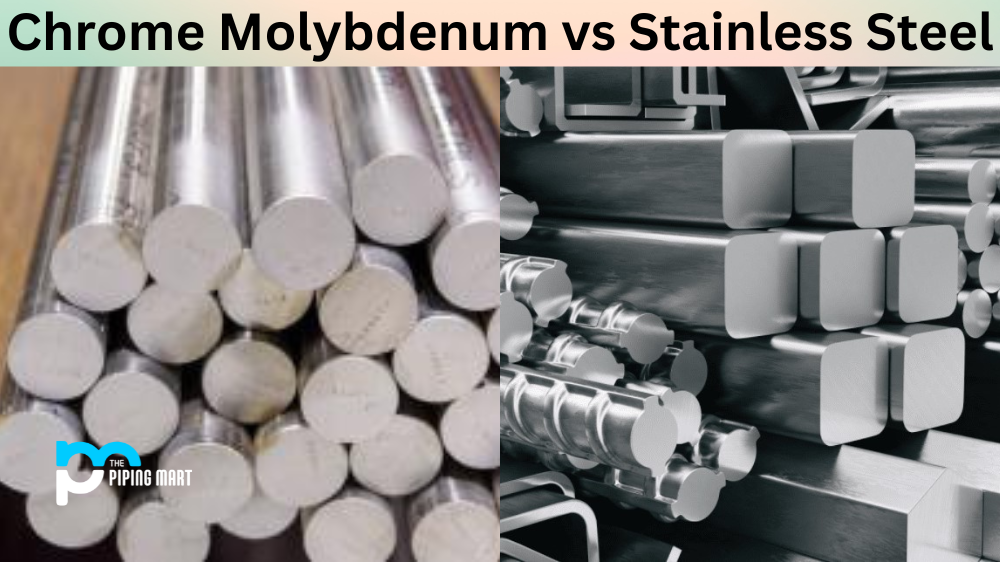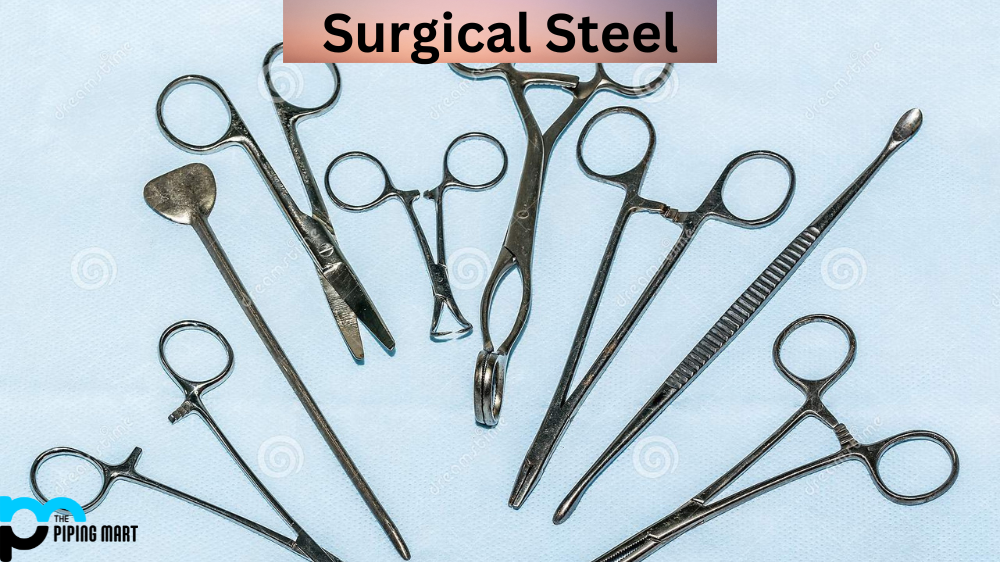Whether you’re in the manufacturing or construction industry, knowing the basic properties and differences of various steel grades is essential. The most common steel grades used today are ASTM A1011 and A1008. Both have distinct properties that cater to different needs, but many still need clarification about how they differ. This article will explore the differences between ASTM A1011 and A1008 to help you make informed decisions and choose the best material for your project.
Difference Between ASTM A1011 and A1008
Chemical Composition
The primary difference between ASTM A1011 and A1008 is their chemical composition. ASTM A1011 has more carbon and other alloying elements, such as manganese, phosphorus, and sulfur, making it stronger and more durable than A1008. On the other hand, A1008 has a lower carbon content, making it more malleable and easier to work with. This difference in chemical composition also affects the steel’s overall mechanical properties, such as its yield strength, elongation, and hardness.
Applications
Another significant difference between ASTM A1011 and A1008 is their applications. ASTM A1011 is commonly used in structural and architectural projects, such as metallic containers, building frames, railroad cars, and equipment. Its high strength and durability make it ideal for these applications. On the other hand, A1008 is typically used to produce cold-rolled steel products, such as furniture, appliances, and automobile parts. Its malleability allows it to be easily shaped into various forms and designs.
Surface Quality
Regarding surface quality, ASTM A1011 and A1008 differ in their finishes. A1011 has a rougher and darker finish, making it more suitable for rustic applications. This material is commonly used in outdoor projects that require weather resistance, such as fences, gates, and other decorative elements. In contrast, A1008 has a smoother and brighter finish, making it more appealing for indoor applications that require a sleek and polished look.
Manufacturing Process
ASTM A1011 and A1008 also differ in their manufacturing process. A1011 is produced using the hot-rolled method, making it more expensive and challenging than A1008. Hot-rolled methods involve:
- Heating the steel to high temperatures.
- Shaping it into desired sizes.
- Leaving it to cool.
This process makes the steel stronger and more durable but often produces a rougher surface. On the other hand, A1008 is produced using the cold-rolled method, making it easier and cheaper to build but weaker than A1011. Cold-rolling involves passing the steel through rollers at room temperature, creating a smoother and shinier finish.
Cost
Finally, it’s essential to consider the cost implications of choosing between ASTM A1011 and A1008. A1011 is considered more expensive than A1008 due to its higher carbon content and complex production process. However, A1011’s strength, durability, and corrosion resistance justify its high cost in applications that require structural stability. On the other hand, A1008’s low cost makes it attractive for applications that require shaping and polishing, making it more cost-effective in furniture and appliance manufacturing industries.
Conclusion
In conclusion, ASTM A1011 and A1008 are common steel grades used in manufacturing and construction. While they may seem similar, understanding their differences in chemical composition, applications, surface quality, manufacturing process, and cost is essential in making informed decisions about which to use. Ultimately, choosing between the two depends on the specific project requirements, such as structural stability, durability, malleability, and cost. Consulting with a qualified steel manufacturer can help you make the right choice for your project.

Pipingmart is a B2B portal that specializes in metal, industrial and piping items. Additionally, we share the latest information and information about materials, products and various types of grades to assist businesses that are involved in this business.




